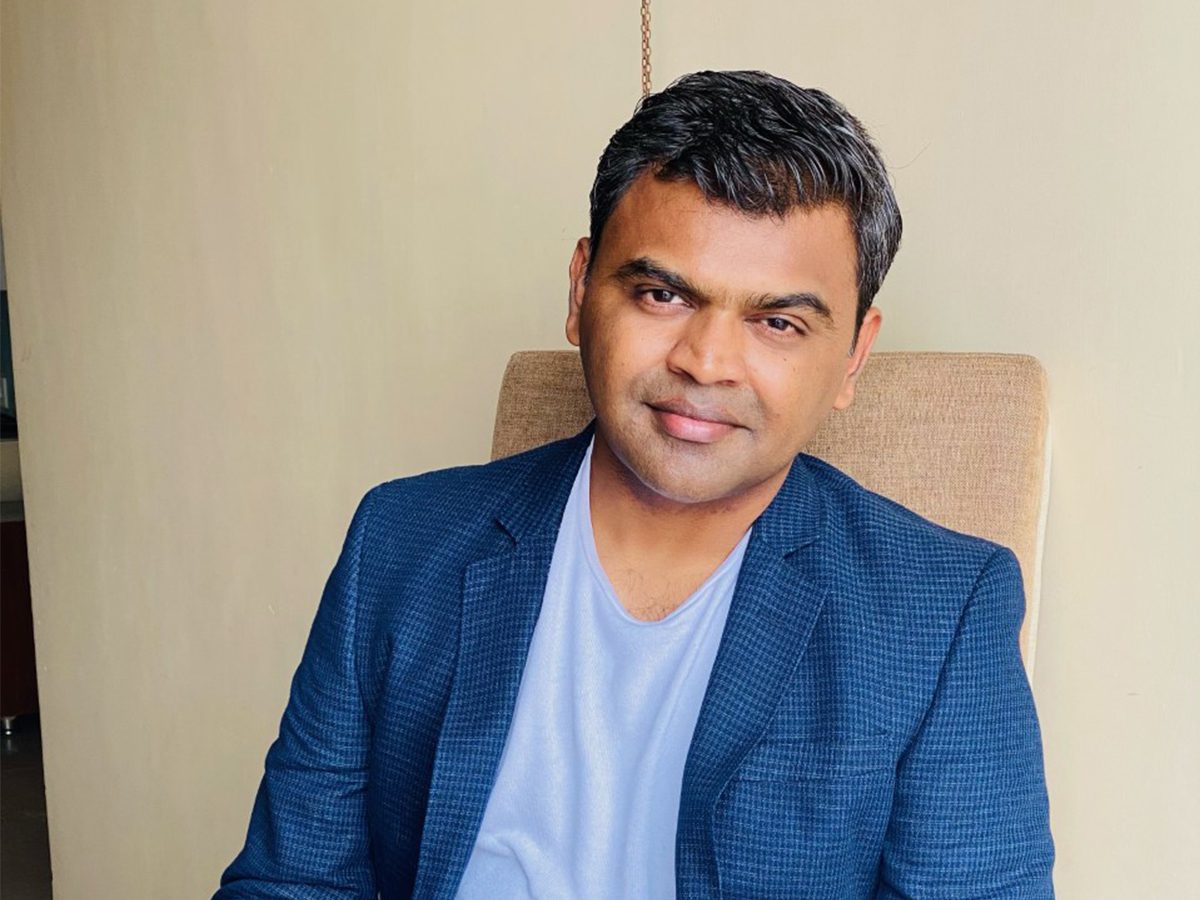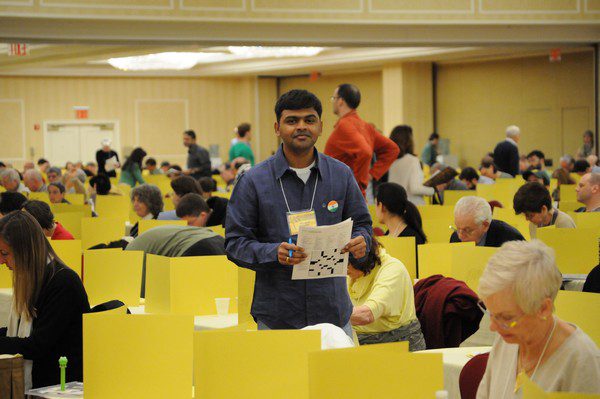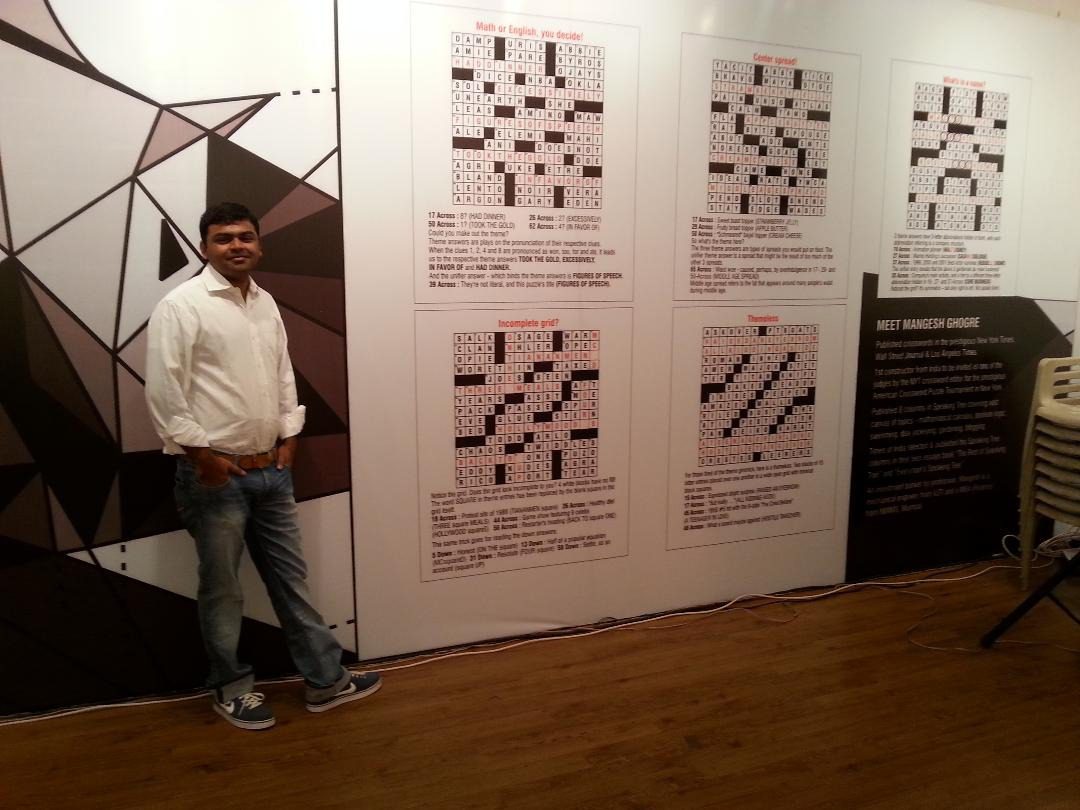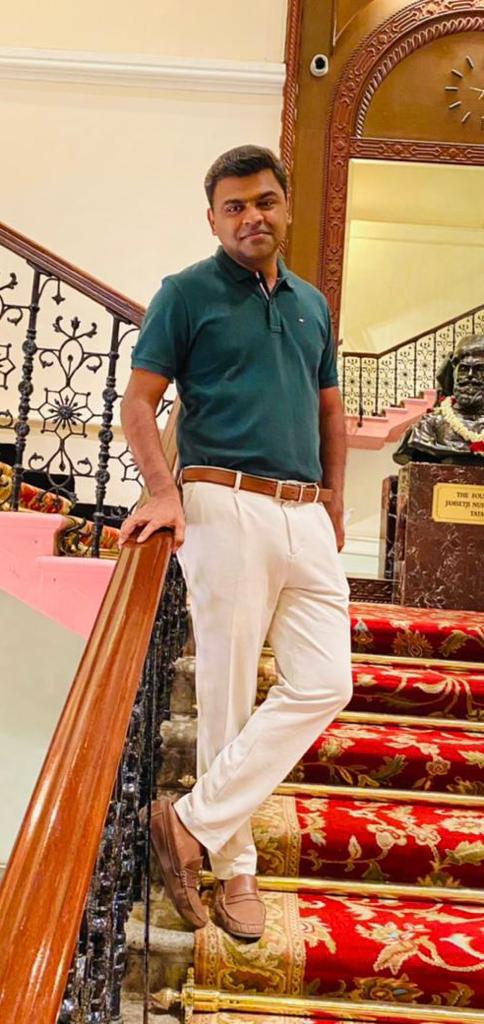(May 9, 2023) Back in his school days, Venkat Gaddam would get scolded for doodling through all his classes. It didn’t deter him, though. Instead, he saw it as adding beauty to what he thought of as rather mindless page. He didn’t think of it as right or wrong, to him, it felt liberating, unlike Maths and science, which had only one answer — the right one. He went on to have his first art exhibition at the age of 12, with 100 paintings. Today, the artist-turned-fashion-designer owns his own store in Hyderabad and his label, ‘Whencut Goddamn’ has been worn by a host of celebrities like Nagarjuna, Karan Johar, Armaan Malik, Faria Abdullah and Niharika Konidela, as well as by clients from around the globe.
Even today, Gaddam doesn’t plan his artwork. Creativity, for him, is something that can’t be controlled. “It is a volcano of emotions – it beats against the tides to co exist, flows like the ocean. If we are buds, creativity is the bloom,” says Venkat Gaddam, in an exclusive chat with Global Indian. In fact, it comes so naturally to him that he does not need to use a pencil or eraser to plan his artwork. “I sit down with an intention to paint or create and let the divine forces work through me as a channel. It’s a very special and spiritual journey,” smiles Gaddam. India’s rich imagery is his biggest muse. “I am inspired by women, their varied emotions, feminism, and inner strength. Each person and object we come across has a story to narrate,” he feels.
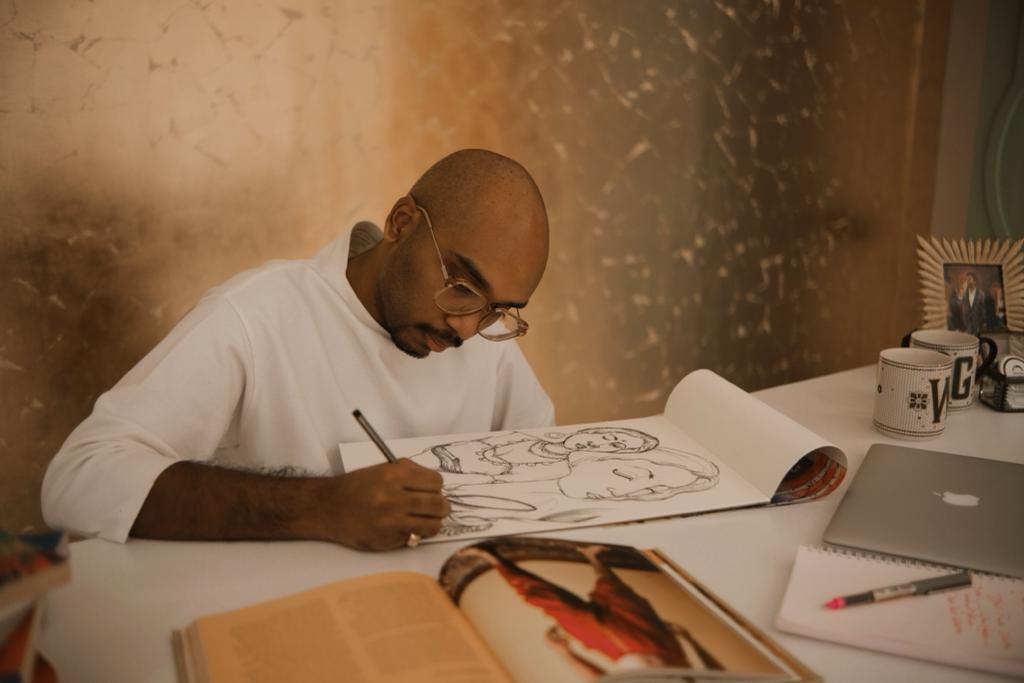
Venkat Gaddam
Why ‘Whencut Goddamn’?
“I came up with that name in college as a means to make me and my name sound both easy and cool at the same time. It has a nice ring, chuckle, and meaning to it,” says Venkat of his brand. He did not think twice about the brand name when he made it official. “My brand had always been there within me. WG stands for self love, courage and resilience. I want everyone who owns a piece (art, fashion, poetry, anything) to own it and feel empowered through it, always,” says Venkat.
Through his brand, Venkat creates acrylic paintings on canvas, pen-on-paper illustrations, murals, digital collages and fashion line. He also makes notebooks, gratitude journals, cushions among other items. To go with each of his artwork, the artist pens a poem as well.
Starting early
Born in Ohio, US, Venkat is the youngest of four siblings, raised in a big family with his father and grandfather being bigwigs in the political and business world. Soon after he was born, the family moved back to Hyderabad where he did his schooling from Geetanjali public school, Oakridge international school and then Indus International school. As a child, he was used to asking a lot of questions about almost everything. “I was always day dreaming, feeling nostalgic, imagining beautiful things, getting lost watching movies, drawing, and admiring all things beautiful,” recalls the 29-year-old, who has been creatively inclined since childhood. At 12, Venkat had a collection of 100 paintings ready for his first exhibition, which was inaugurated by the then Andhra Pradesh Chief Minister, Y S Rajashekar Reddy in 2006. Venkat’s artwork came in for much appreciation.
His parents — Dr. Gaddam Vivek Venkataswamy and Gaddam Saroja Vivek — would patiently answer all his questions, without making him feel silly for having asked them, which helped shape his personality and enabled him to have an open mind towards life.
View this post on Instagram
A New York State of Mind
Come 2012, Venkat left for New York after enrolling in the Parsons School of Design — The New School. The shy, introvert child had no experience of living away from the luxuries his home offered. NY was his home for next four years. “I suddenly had a lot of responsibilities – food, money, making friends, doing well in school and maintain my physical and mental health in a city that doesn’t stop for anyone,” says Venkat, of his initial days in NY.
Art school is very tough and not for the weak-minded, feels Venkat. “When they criticize your work in front of everyone, it can be traumatising. It thickens your skin and makes you take things with a pinch of salt for sure.” Even as he struggled to make a place for himself at school, find belonging in the Big Apple and make friends, he created a tremendous body of work by the time he graduated in 2016. “I was painting, creating murals and writing poetry as well. I even started doing performance art pieces. But I also came back weighing 93kgs,” he says.
A major highlight during his Parsons days was his painting across three walls that gave a unique look to the entire floor. It was part of his final year thesis. “I began painting on a wall and it grew into a jungle. It was something that I made over a semester (six months). It became a room of art you could walk into and get lost in. The strokes, swirls, movement, dance of color, bodies, faces, shapes dipped in a multicolour rainbow — it was very kaleidoscopic and magical,” describes Venkat, who is still remembered for that piece of work.
Venkat, who has done several solo exhibitions, says he always thought of his creative journey as an explosion. It’s a volcano waiting to erupt, waiting to find an escape, find a canvas, to purr and pour it out there,” he says.
Life as an artist
As soon as he returned to Hyderabad after graduation, the artist began working on his own for a year, creating a series of paintings, including the iconic (and his personal favourite) 12 ft x 19 ft huge wall with charcoal. In 2017, Venkat began his journey of working through his family business to start creating entertainment content in Telugu. “Being a creative person, a writer and a deep thinker, I thought this would be perfectly in sync with the job,” informs Venkat, who continued working for the next three years, creating, learning, and streamlining content.
In 2020 he launched his brand WG which became an instant hit. Two years later, he opened his first store. “Through my work, I journal the journey of reclaiming my own power, finding the lost voice within and owning my choices,” says Venkat, who is well known for his vibrant paintings that are deeply rooted in Indian culture, architecture and mythology.
Talking of his work, Venkat says his creations do not down in pain and sorrow but is created with the prowess of reflection. “It is transformative in its narrative, of authorizing power, of recreating your own identity with consciousness,” says the designer, who loves being his own boss.
View this post on Instagram
What inspires him
He takes his inspiration Venkat says he is obsessed with Anamika Khanna’s embroideries and detailing. “As a businessman, I love what Sabyasachi has done with his brand, Frida Kahlo for her beauty, brains and vulnerability to be herself and MFHussain for inspiring me to be bold with my strokes, paint big, have a signature style and be true to yourself,” says Venkat, who is a big fan of Sufi music.
At the moment, Venkat has his hands full, working on multiple projects. He will be exhibiting his work in an upcoming Queer festival even as he is busy with his creations for an event in Dubai. “I am also creating clothes for a music video for PeekayIndia. There are many more events lined up,” he informs.
When not immersed in art and designing, Venkat likes to sing, dance, paint and write poetry. “All forms of art are therapy to me,” he smiles.
Follow Venkat on InstagramInstagram.



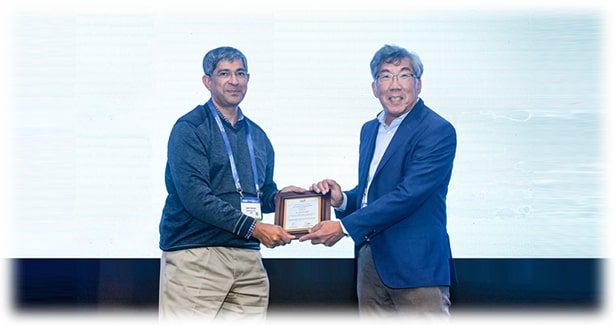 Prof John Kuriyan receiving SGRF Lifetime Achievement Award[/caption]
Prof John Kuriyan receiving SGRF Lifetime Achievement Award[/caption]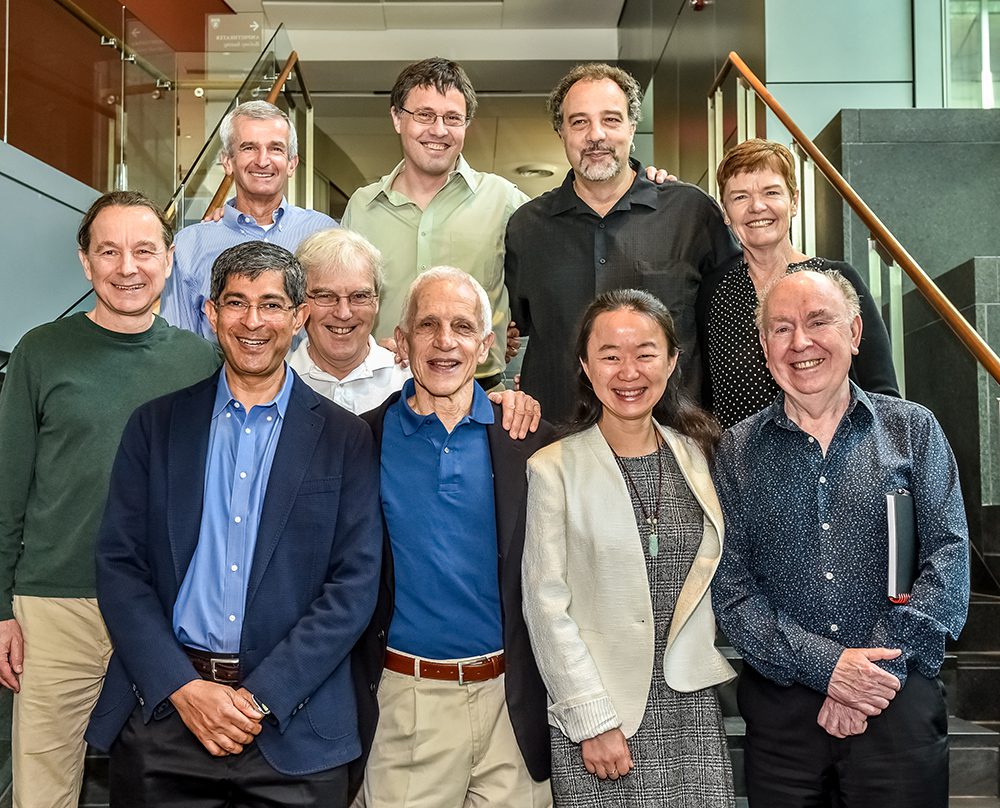 Prof John Kuriyan with world's leading structural biologists, at the Inaugural Symposium for the Harvard Cryo-Electron Microscopy Center for Structural Biology[/caption]
Prof John Kuriyan with world's leading structural biologists, at the Inaugural Symposium for the Harvard Cryo-Electron Microscopy Center for Structural Biology[/caption]
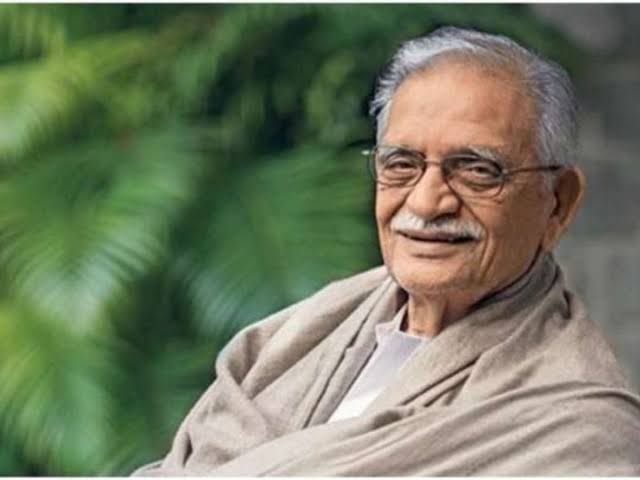 Gulzar[/caption]
Gulzar[/caption]
 Neelima Mishra[/caption]
Neelima Mishra[/caption]
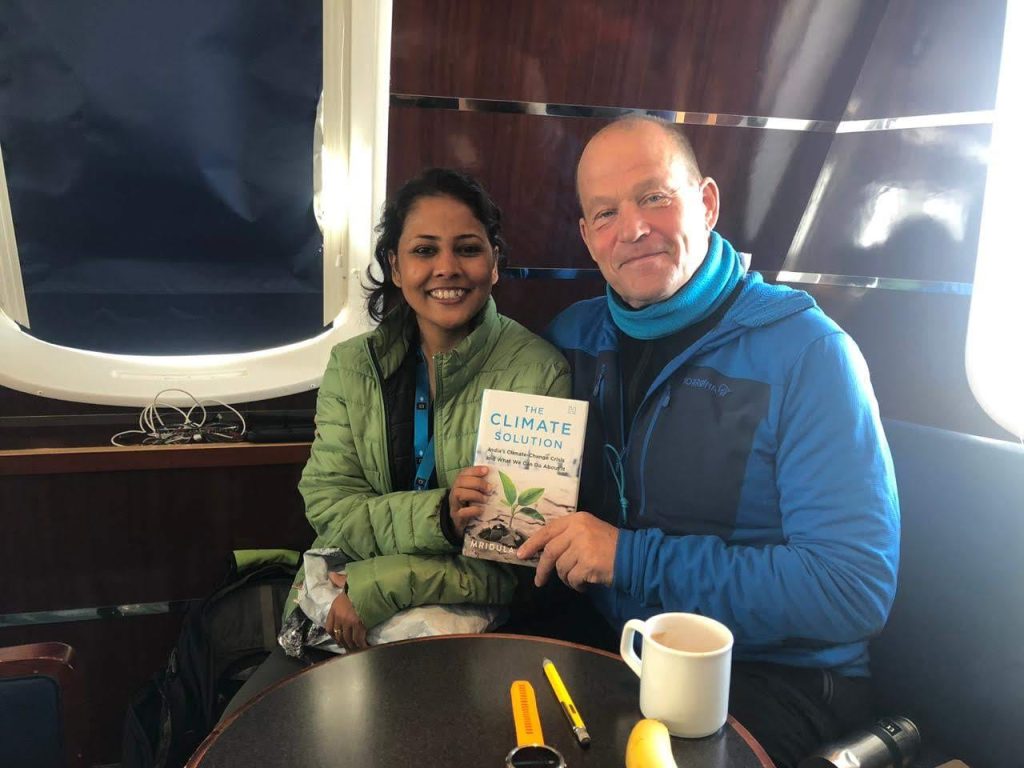 Neelima Mishra with Sir Robert Swan[/caption]
Neelima Mishra with Sir Robert Swan[/caption]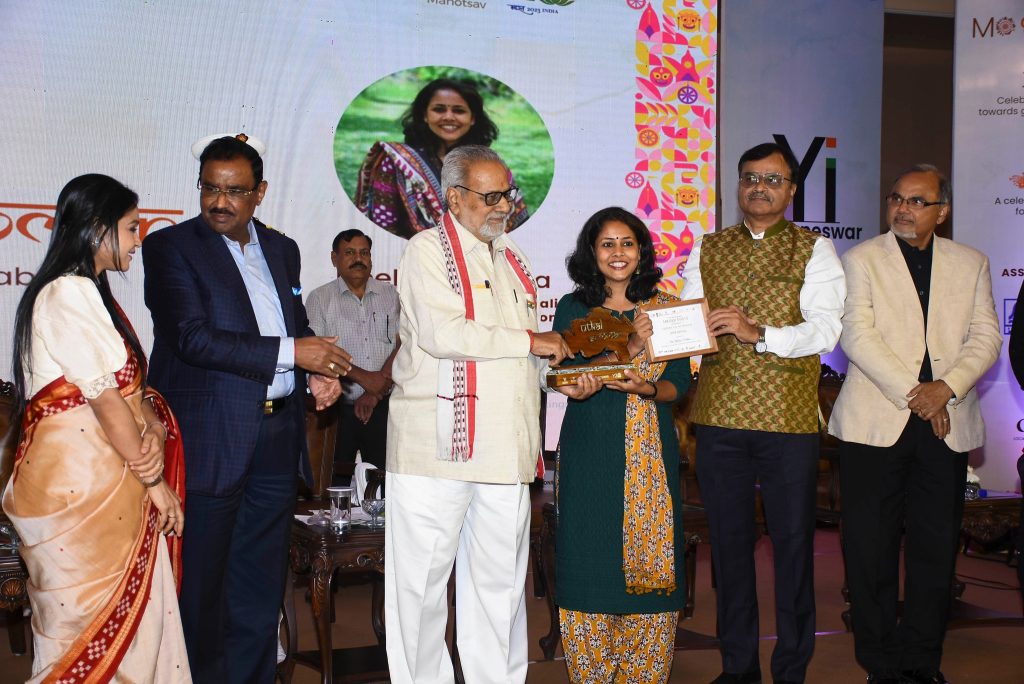 Neelima receives award from Shri Ganesh Lal, Governor of Odisha[/caption]
Neelima receives award from Shri Ganesh Lal, Governor of Odisha[/caption]
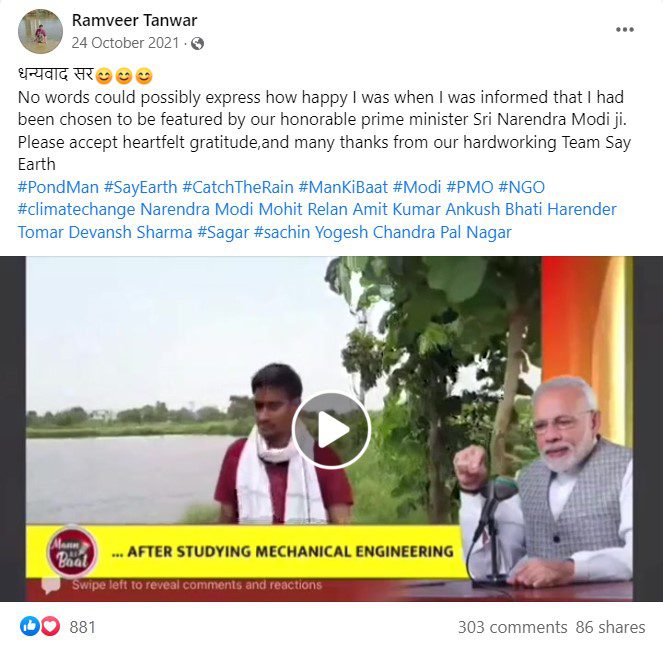
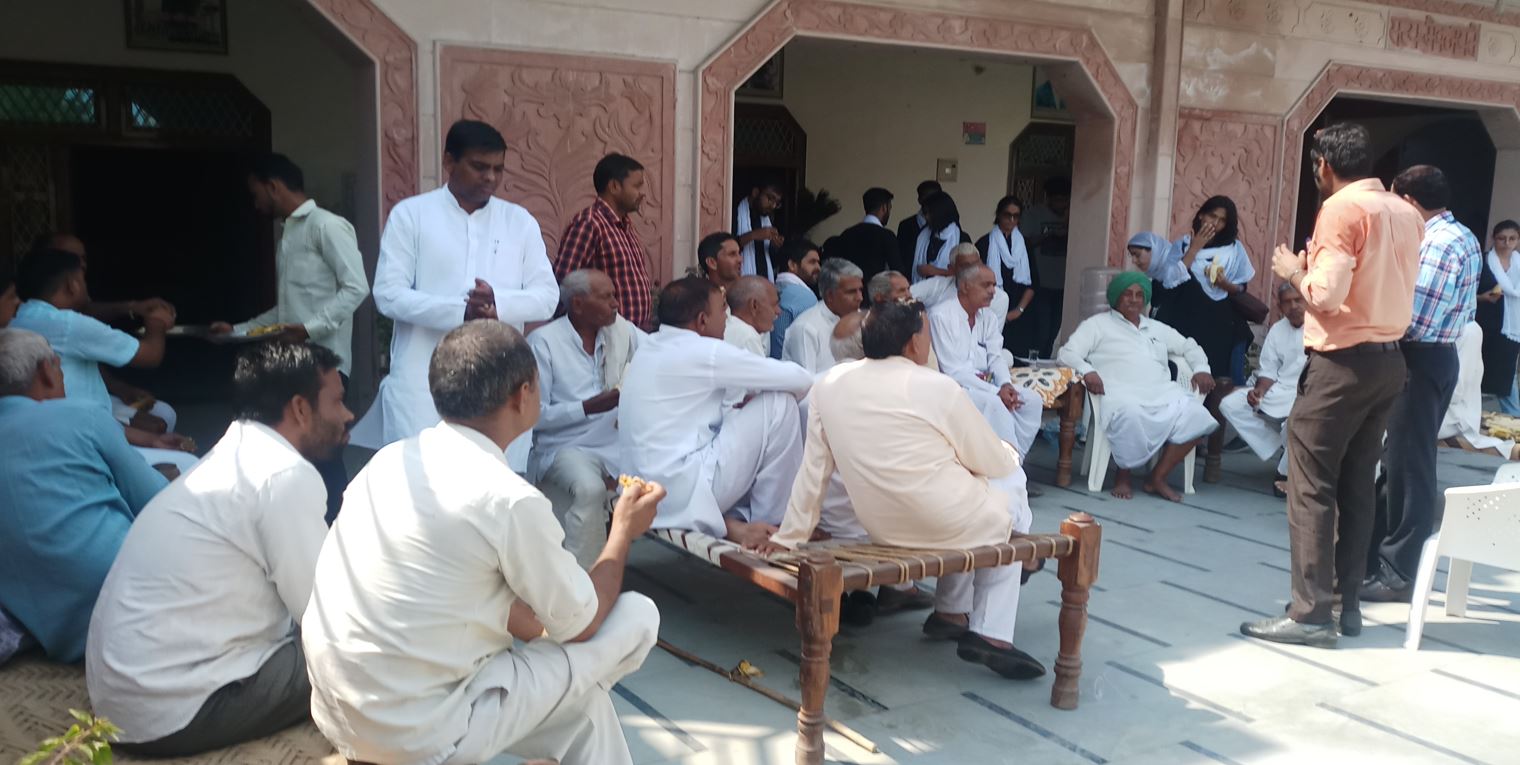 Jal Chaupal - Water Meetings initiated by Ramveer Tanwar[/caption]
Jal Chaupal - Water Meetings initiated by Ramveer Tanwar[/caption]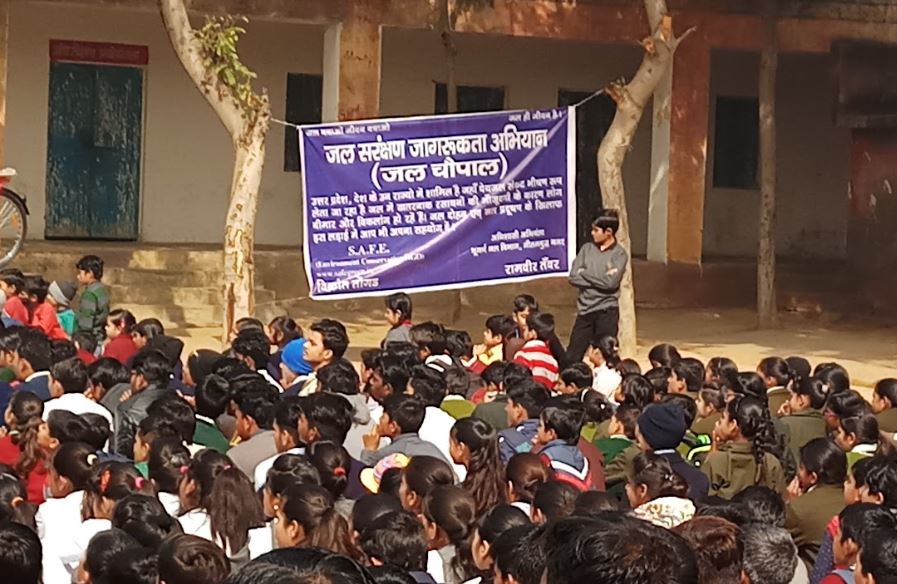 Little Warriors[/caption]
Little Warriors[/caption]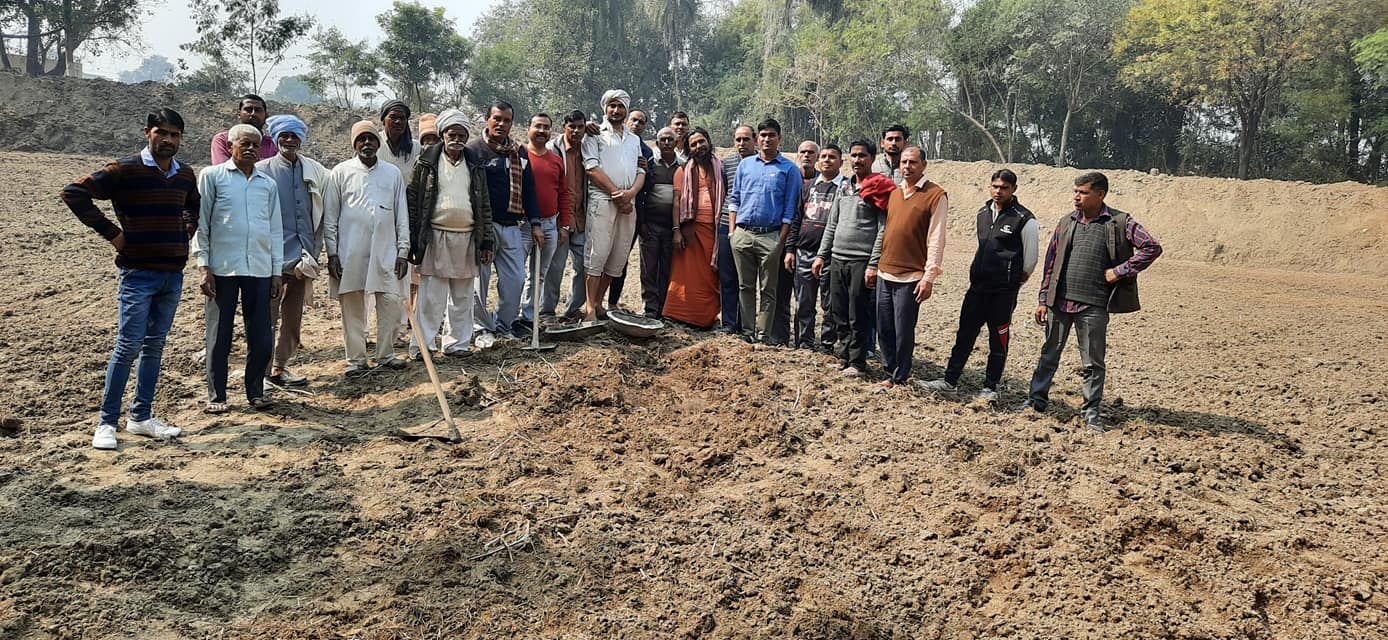 Villagers in support[/caption]
Villagers in support[/caption]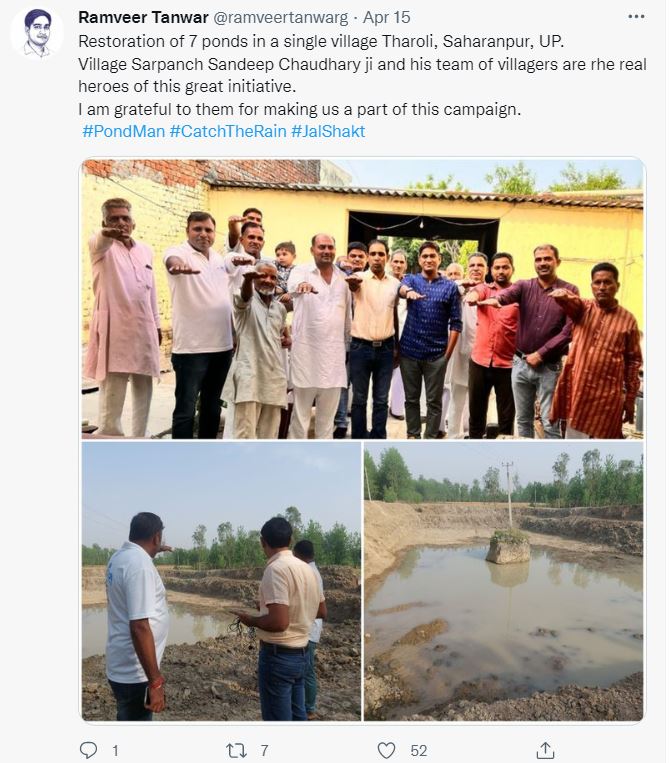

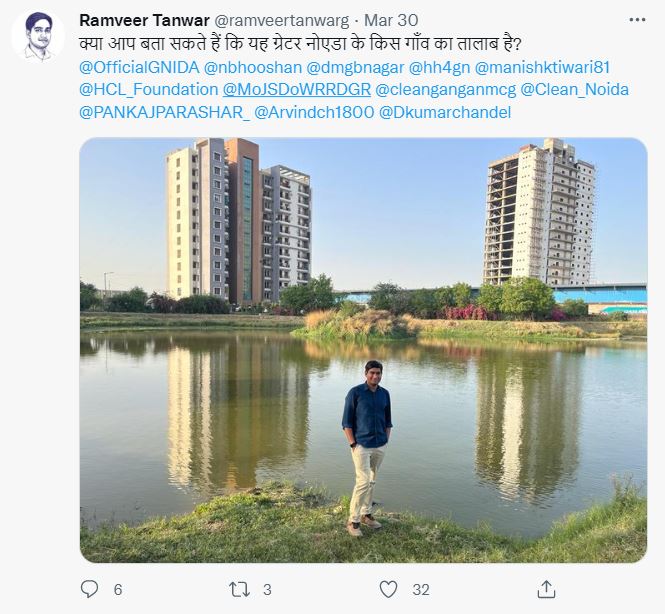
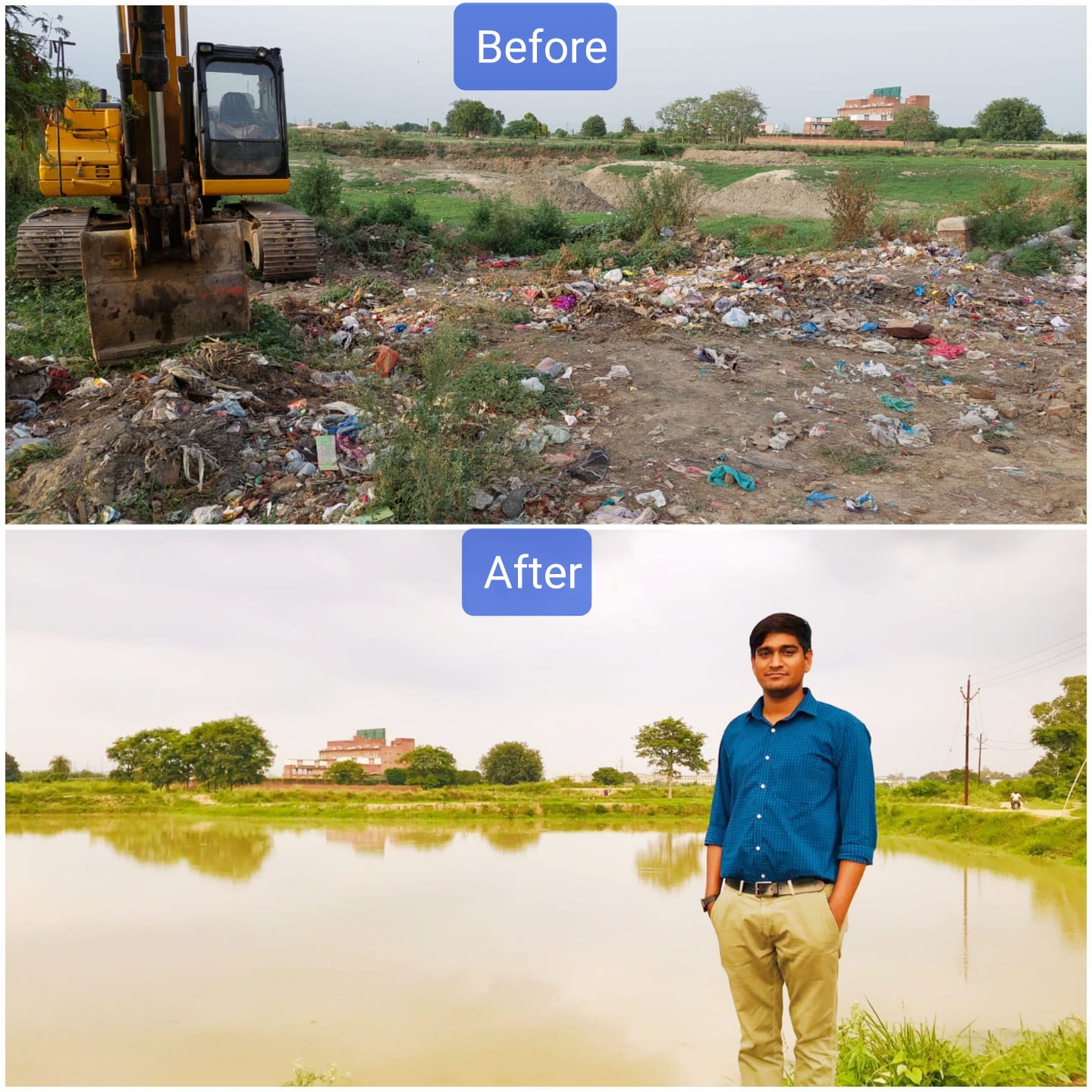 What-a-difference![/caption]
What-a-difference![/caption]